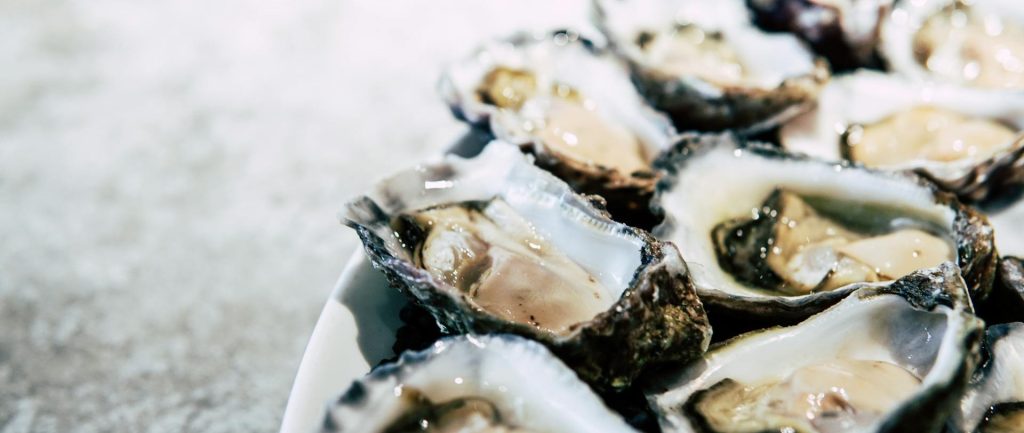Exploring the Gastronomic Danger Zone: The Most Perilous Foods You Should Approach with Caution
In the realm of culinary delights, adventure often lurks in unexpected places. While many foods tantalize our taste buds and nourish our bodies, some carry hidden risks that can turn a delightful meal into a perilous experience. From exotic delicacies to seemingly innocent everyday items, the world is peppered with foods that demand caution. Let’s embark on a journey through the gastronomic danger zone and uncover the most hazardous foods that dare to challenge our palate.
Fugu (Blowfish): Hailing from Japan, fugu is a dish infamous for its potential lethality. The flesh of the pufferfish contains tetrodotoxin, a potent neurotoxin that can paralyze respiratory muscles, leading to suffocation if ingested in sufficient quantities. Despite rigorous training required for chefs to prepare it safely, consuming fugu still poses a significant risk.
Raw Honey: While honey is a sweet indulgence enjoyed by many, infants under one year of age should avoid consuming raw honey due to the risk of infant botulism. Raw honey may contain spores of Clostridium botulinum, a bacterium that can thrive in the immature digestive systems of infants and produce toxins leading to muscle weakness, paralysis, and potentially death.

Cassava: A dietary staple for millions worldwide, cassava contains cyanogenic glycosides, which can release cyanide when metabolized. Improper processing can leave residual cyanide levels high enough to cause cyanide poisoning, resulting in nausea, vomiting, and even coma or death.
Rhubarb Leaves: Although rhubarb stalks are a popular ingredient in pies and desserts, the leaves contain oxalic acid and anthraquinone glycosides, which can be toxic when consumed in large quantities. Ingesting rhubarb leaves may result in symptoms such as nausea, vomiting, abdominal pain, and convulsions.
Hot Dogs and Processed Meats: Despite their widespread popularity, processed meats like hot dogs, sausages, and deli meats have been linked to an increased risk of various health issues, including heart disease, cancer, and type 2 diabetes. Their high sodium, saturated fat, and preservative content make them a dietary danger when consumed in excess.

Nutmeg: Ingesting large amounts of nutmeg can induce a condition known as nutmeg poisoning, characterized by symptoms such as nausea, vomiting, dizziness, hallucinations, and rapid heartbeat. Nutmeg contains myristicin, a compound that, in excessive doses, can cause psychoactive effects and pose a risk to health.
Elderberries: While elderberries are prized for their purported health benefits and use in jams, syrups, and wines, consuming them raw or unripe can lead to cyanide poisoning. The seeds and stems of elderberries contain cyanogenic glycosides, which release cyanide when crushed or chewed.
Raw Shellfish: Raw or undercooked shellfish, such as oysters, clams, and mussels, may harbor harmful bacteria, viruses, and parasites, including Vibrio, norovirus, and hepatitis A. Consumption of contaminated shellfish can lead to food poisoning with symptoms ranging from mild gastrointestinal discomfort to severe illness and even death in vulnerable individuals.

Unpasteurized Dairy Products: While raw milk and cheeses made from unpasteurized milk may have a distinct flavor profile, they also carry an increased risk of foodborne illnesses. Unpasteurized dairy products can harbor harmful bacteria such as E. coli, Salmonella, and Listeria monocytogenes, which can cause serious infections, especially in young children, pregnant women, and individuals with weakened immune systems.
Ackee: This tropical fruit, a staple in Jamaican cuisine, harbors a deadly secret. Unripe ackee contains hypoglycin A and B, toxins that can cause Jamaican vomiting sickness characterized by vomiting, seizures, and even death. Proper ripening and preparation are essential to neutralize these toxins and enjoy ackee safely.

In conclusion, while culinary exploration adds spice to life, it’s essential to approach certain foods with caution. Whether it’s navigating the treacherous waters of exotic delicacies or ensuring proper food handling and preparation techniques, knowledge and vigilance are key to avoiding the potential pitfalls of the gastronomic world. Bon appétit, but always with a discerning palate and a keen eye for safety.



